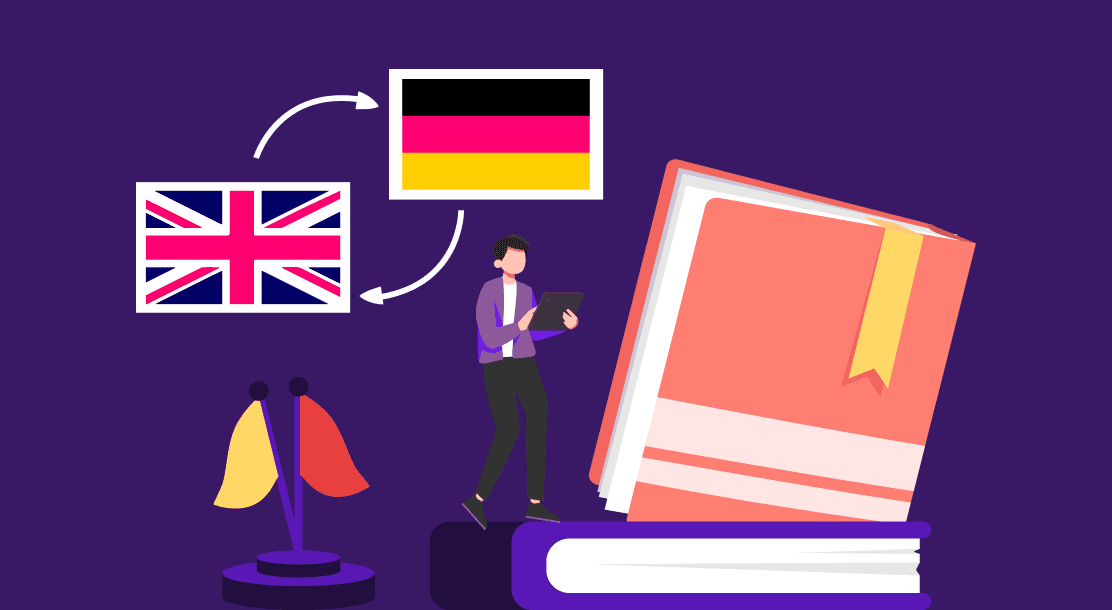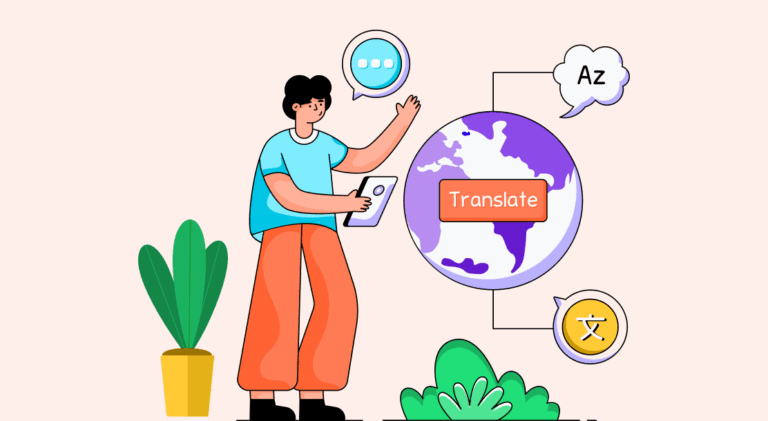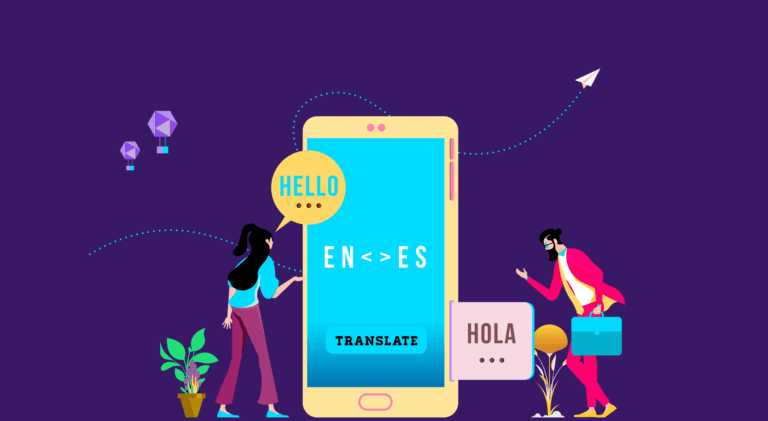
Translation has been a part of human communication for centuries. Moreover, an upsurge in technological advancements and the rising demands for translation services have proved that it is an imperative aspect of engagement. Any growing business in its expanding phase needs to acquire a native approach to be understood by different types of audiences.
Most people see translation as one of the easiest jobs in the world. On the contrary, it is the translator’s huge responsibility to ensure that the core message remains the same in all languages. Every language has certain traits and elements of expression that complicate converting a piece of information into other languages.
Moreover, not all documents need to be translated in the same way. Nominal language-based changes can be accomplished with Google Translate or any other online software, while some pieces of information require a human touch for accuracy.
Here, we have listed down the three main types of translations so you can figure out the most suitable type sufficing for your business needs:
What are the Different Types of Translations?
Let’s take a look at some of the different types of translation at present.
Human translation (HT)
As the term suggests, human translation is a process when the task of language conversion is accomplished entirely by a human translator. It is considered the most accurate form of translation because these tasks are assigned to well-trained professionals with advanced proficiency in the target language.
People prefer human translation over other types due to the personal influence imposed by realistic experiences. Content translated by a professional translator sounds natural and efficient. Even though it consumes a substantial amount of time and cost, it always comes with assured quality.
Pros
- Professional translators with proven expertise and language proficiency always offer accuracy by utilizing every little detail of the source language.
- Human translation comes with native fluency that grabs the reader’s attention. You can’t expect this from other kinds of translation.
- Human translators understand expressions and symbols, owing to their training and experience in translation. One can see the cultural reflection in these translation pieces.
Cons
- The human translation may not be the right fit when you have a definitive budget and a short deadline.
Machine translation (MT)
Machine translation can be described as the process in which we use software or an online tool to convert data from one language to another. Google Translate is certainly the most common example of machine translation, and people have been using it since the beginning of the internet. In the past few years and made its way into many business sectors.
The computer-aided translation is the best way to go when you have a large-scale project and a strict deadline. People prefer machine translation over human and other types of translation because it is cheaper. It may not always be as accurate and natural sounding as human translation, but it does the trick when you don’t have sufficient time. Though, some tools have the efficiency in delivering quality to an extent.
Pros
- Machine translation is much faster than human translation because these tools have pre-set algorithms that convert any source language into the required language in a few minutes.
- Computer-aided translation has the upper hand in terms of cost because some online translation tools come with a subscription and let you translate as many documents as you want.
- Some translation tools allow the conversion of multiple documents simultaneously, saving a significant amount of time for businesses.
- Machine translation tools are available for different devices, and you can use them anywhere.
Cons
- Online translation software and tools never deliver the accuracy and authenticity of human translation; therefore, it is not a viable choice for important business campaign translations.
Post-Edited Machine translation (PEMT)
Post-edited machine translation also referred to as post-edited translation, is a unique and more efficient way to save cost and time on translation services. It can also be described as a way out of the dilemma you confront while choosing between human and machine translation.
It involves using computer-aided options to translate the data and then edit the same with the help of a human translator. This way, you get the accuracy of human translation and the efficiency of machine translation simultaneously. Issues such as cost and time consumption don’t seem to affect when you choose PEMT for your projects.
Pros
- Good quality and accuracy even when you translate a vast amount of text.
- Cost-effectiveness with reduced time consumption.
Cons
- Some content types require more editing time because translation tools don’t work for all data types.
The Takeaway
While hiring a translation service, you must consider the cost and time you will be investing. Before that, you must understand what types of translation will resonate with your needs. You should stick with human translation when you have an extensive project with no narrow deadlines. On the flip side, a translation project with a lack of time can be tackled with machine translation services.
Post-edited translation solutions would work best for you when you have to juggle between time and budget. Machine translations are a budget-friendly option, but human translation has the upper hand with quality and accuracy. On the other hand, post-edited translation is the best option for a budget-oriented translation task set to be completed in a timeframe.

FAQs
Translation services are vital to make your brand understandable to audiences who speak a different language. Even though English is the universal language in business, small-scale businesses can’t rely on it to reach their local customers. They need trustworthy translators who can convey the voice of their brand into user-friendly languages.
Google Translate is a free tool that you can use to understand the meaning of different words in hundreds of international languages. Even a simple greeting or a short sentence might make sense when you translate it using Google. But, it may not be the best medium of translation for important data such as web content, social media captions, and documents.
Given the scale of accuracy and a personalized touch, the human transition doesn’t seem expensive in any context. If you hire a translation service for your business, you can see it as more of an investment. You can discuss all your requirements with the translator and ask them to make prompt changes and expect great results in the end.
Post-edited machine translation contemplates the practice of using software to translate the document and then proofreading it for quality assurance. Most companies simply hire proofreading experts. They use software to translate the document and then proofread it to fix any possible errors in the document. It is considered a cost-efficient method to obtain quality and credibility in translation.
Pepper Content is well-known for its stellar translation services at affordable prices. Pepper Content features a vast pool of freelance translators capable of translating into several regional and international languages. Moreover, you can choose our services for any type of translation, from website to blog to even chat support.
Latest Blogs
Explore how Google’s 2025 AI search updates triggered ranking chaos. Learn actionable strategies to adapt your SEO for AI Overviews, zero-click searches, and SERP volatility. Stay ahead now.
Learn how to rank on AI search engines like ChatGPT, Perplexity, and Gemini by optimizing your content for authority, structure, and relevance. Stay ahead in AI-driven search with this strategic guide.
Explore the best healthcare SEO services for your medical practice. Improve online visibility and effectively reach more patients in need of your services.
Get your hands on the latest news!
Similar Posts

Translation
5 mins read
All You Need to Know About Language Translation and Terminology Management

Translation
5 mins read
6 Reasons to Translate Content into German

Translation
5 mins read